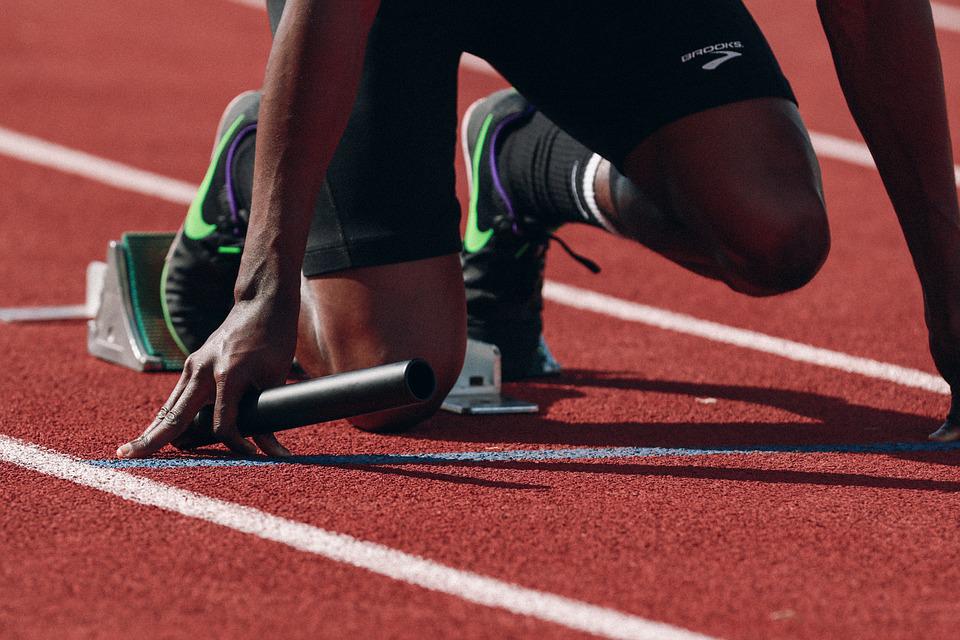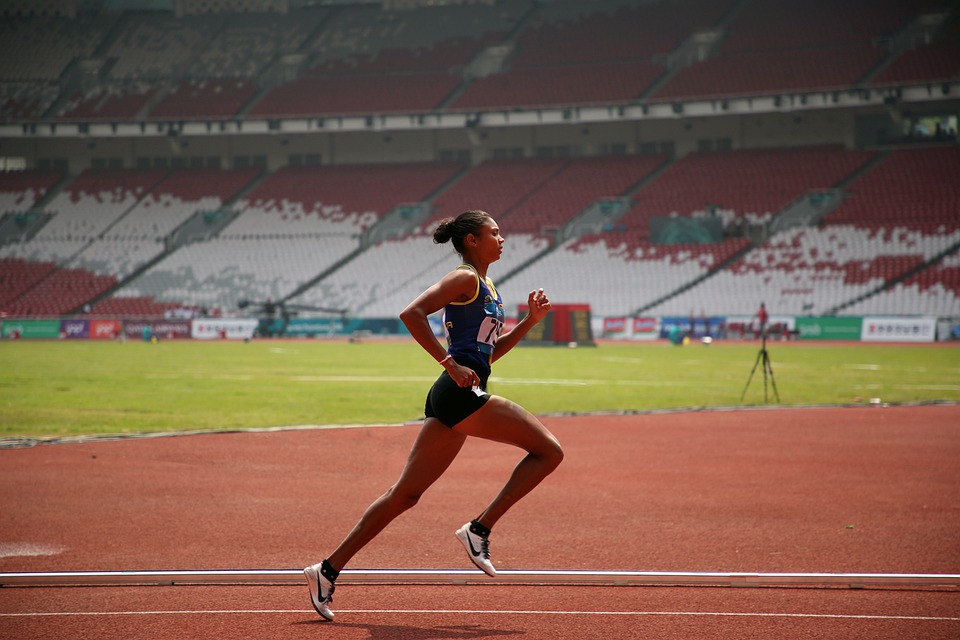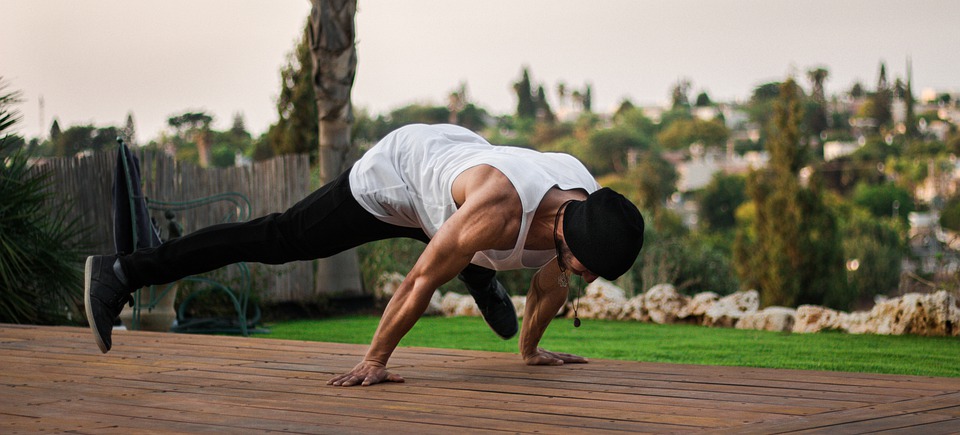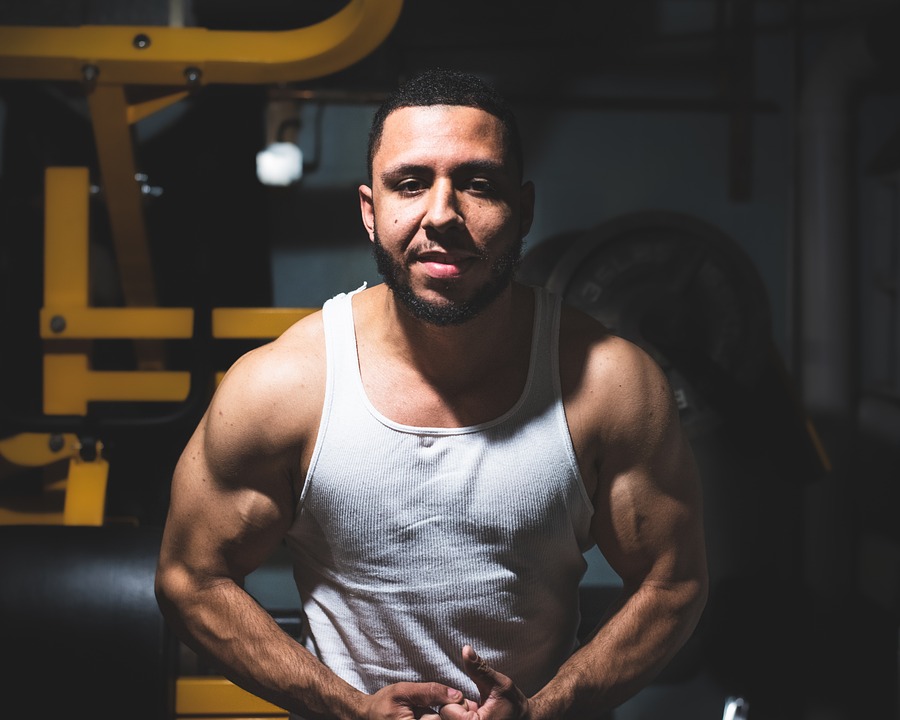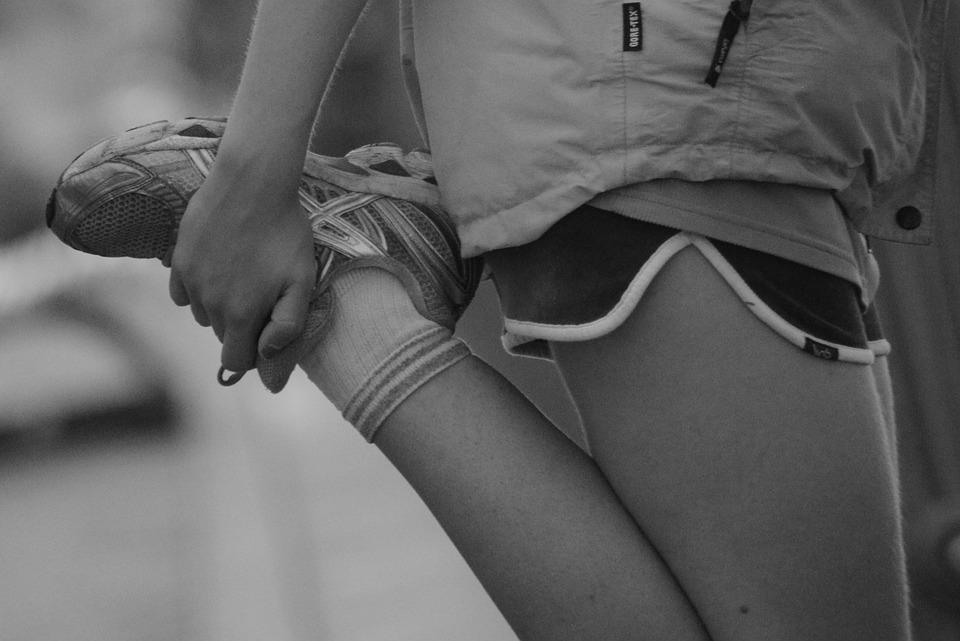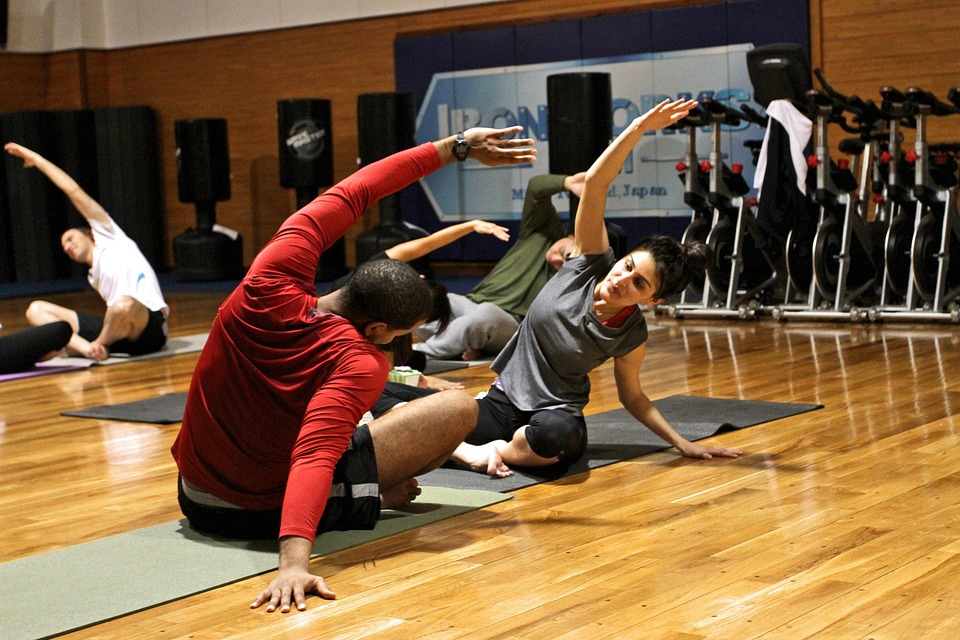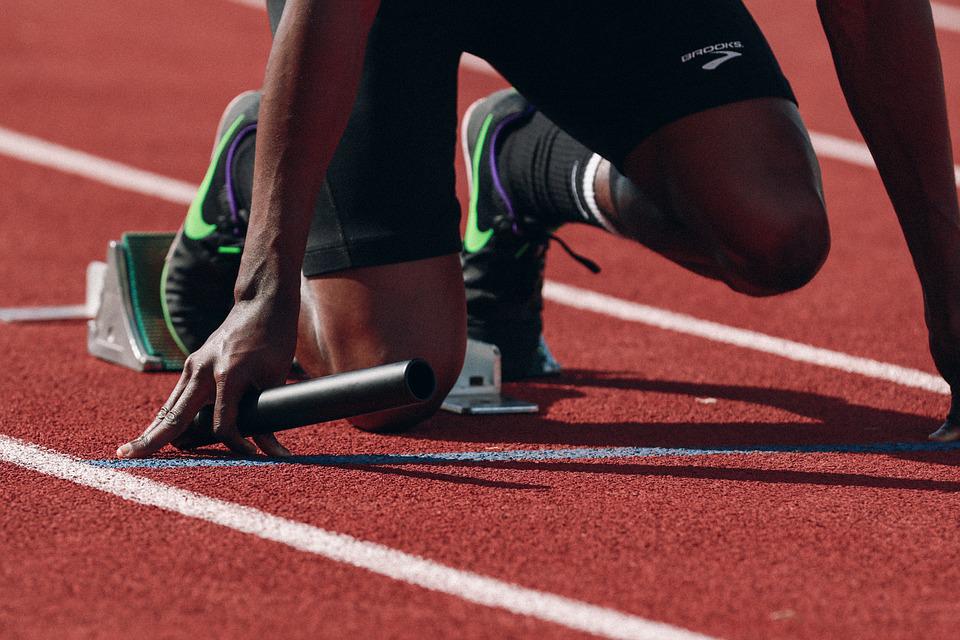
Sprint training is beneficial for many reasons, but it can be dangerous if you are not properly prepared for it. Prehab is a way to help avoid injury by preparing your body for the intensity of sprinting.
What is prehab?
Prehabilitation, or prehab, is an exercise program or routine aimed at strengthening your body in various ways to prevent injuries before they occur. Prehab aids in strength, mobility, balance, range of motion, and coordination in order to prepare your body for sports-specific movement and avoid injury.
Why sprint training?
You can start sprint training as part of your current routine immediately by using 100m workouts. 100m sprint training exercises can be a great place to start without risking running injuries.
Why do injuries occur?
Most injuries occur as a result of overexertion, when people try to do too much exercise without proper preparation. It’s normal to want to push yourself when you’re working out, but injuries are becoming more common as people try to do too much too soon.
You should listen to your body and take time off when needed when exercising. You should also make sure you are preparing your body for the specific activity by doing things like warming up before exercising, doing muscle therapy, and strength training. This will help your body mechanics when running.
Running may not seem like it requires a lot of coordination, but it actually does. When you get tired, muscle imbalances, tightness, and strains can cause problems with your posture, form, and muscle compensation. This can put extra pressure and strain on weak areas of your body, which increases the risk of injury.
3 Steps to Preventing Running Injuries
- Add strength training to your weekly schedule
The best way for a runner to prevent injuries is to have a strong body. Muscles, ligaments, and tendons that are strong can help guard against impact, improve form, and lead to a more consistent gait. According to Reed Ferber, Ph.D. (director of the Running Injury Clinic at the University of Calgary), “If muscles are weak, one footfall will not be like the rest. How your knee turns in, how your hip drops, how your foot pronates changes with each step. But with strength, these movements are the same each time, so your mind and body know what to expect.”
The brain signals the muscles to brace for impact before the foot hits the ground when a strong body is running. The glutes and core contract to steady the pelvis and leg. The foot and ankle muscles are activated, providing a solid foundation to land upon.
If one stabilizer muscles isn’t strong enough, it disrupts the entire chain of movement, according to Eric Orton.
Most runners are lacking strength in one or more muscle groups as well as having poor communication between their brain and body. This can lead to inefficient running and issues with stability.
This list contains exercises that are adapted from Dicharry’s and Orton’s programs. These exercises are designed to strengthen the key muscles used for running, as well as the neuromuscular pathways. They can be done as a full routine, or two or three times a week.
If you can, do the moves without shoes. Do as many repetitions as listed below, or the time that is prescribed.
Donkey Kick With Yoga Block
The reason this move works is because it helps to fire the glutes without arching the back, which is how it should be done while running. Additionally, it strengthens the transverse abdominis muscle in the core.
Start on all fours, with your knees beneath your hips and your wrists beneath your shoulders. Place a block or bar across your lower back, and then lift one leg back, keeping your knee bent at a 90-degree angle. Drive your heel up toward the ceiling, and then lower your leg back to the floor. Repeat this process 10-50 times for each leg.
Wall Press
This exercise helps to activate the gluteus medius, which is responsible for both power and pelvis stabilization, in a bent-knee position that is similar to the position used when running.
Stand on the right side of your body near a wall. Bend your right knee at a 90-degree angle and make contact with the wall. Use your knee to push against the wall and hold, while keeping your body stable (don’t press your shoulder against the wall). Hold for 20-30 seconds, then relax and repeat. Do 2-3 sets on each side.
Single-Leg Balance on Forefoot
This exercise is effective in strengthening the muscles throughout the leg, including the big toes, calves, ankles, and hips.
Stand on one foot with the heel of the other foot off the ground. You should feel the side of your hip (gluteus medius) working. Hold this position for as long as you can while keeping your body tall. When you lose your balance, rest, and then repeat this process three more times for a total of four sets.
Eccentric Heel Drop
This exercise strengthens the muscles in your calves, ankles, and Achilles tendons, making it easier to land safely when running.
To complete this exercise, stand on one leg on a raised surface with your heels hanging off the edge. Slowly lift your body up onto your toes, then lower back down until your heels are below the raised surface. Repeat this motion 10 times, then work up to performing the exercise 15 times per set.
Clam Shells
The gluteus medius is a key muscle for knee and pelvis stability. To make the exercise more intense, add a mini resistance band around the thighs, above the ankle.
To do this exercise, lie on your right side on the floor with your hips, knees, and ankles stacked. Bend both of your knees, keeping your legs and feet aligned. Open your knees like a clam shell, while keeping your feet together and externally rotating your hip. Then lower your leg back down. Repeat. Do 2 sets of 30 reps on each side.
Stability Ball Bridge
The exercise strengthens and activates the gluteus maximus and the multifidus which are small muscles in the back that aid in spine stability.
To do this exercise, lie faceup on the floor with your calves on a stability ball and your arms extended down by your sides. Lift your hips up off the floor so your body forms a straight line from your ankles to your shoulders. Hold this position, then lower your hips back down to the floor and repeat. If you can hold your hips up comfortably—and without your hips dropping—for 60 seconds, add another challenge: place your hands across your chest, do single leg lifts off the ball while holding your hips up, or rotate your hips side to side to fire up your core.
Stability Ball Knee Tuck
This exercise routine strengthens your core, arm, and shoulder muscles which provides better running posture and stability.
Start by lying on the floor with your shoulders directly over your wrists. Place your feet on top of a stability ball. Slowly walk your hands out until you are in a plank position. Make sure your body forms a straight line from your head to your heels. Next, pull your knees in towards your chest then straighten them back out. Repeat this movement for 1 set of 10 repetitions. Work your way up to 3 sets of 15 repetitions.
Single-Leg Balance and Squat
This works because it develops balance in the pelvis, ankles, and feet, so your body always has a secure platform to land on whenever you take a step.
To do the move, start by taking your shoes off and standing on one foot with your back straight and your arms in front of you. Make sure your weight is evenly distributed between your forefoot and rearfoot. Once you’re balanced, press your big toe into the floor and hold for 30 seconds. Try to do 3 sets on each leg. When you’re ready, move on to the single-leg squat by sending your hips down and back and bending the standing knee. Then push back up. If you can’t keep your hips even and your knee aligned over your foot, just stick with the balance move.
Start incorporating plyometrics into your workout
Jumping exercises help make you a better runner by increasing your elasticity and teaching you how to land more lightly. If you’re not currently strength training, start with bodyweight moves without jumps. After eight weeks, add these plyometric exercises to your program.
Squat Jump
Squats are an effective exercise for targeting all the muscles in your legs, as well as increasing the intensity of the workout by adding a jump. This also prepares your body to better handle the impact of landing.
To do this exercise, stand with your feet slightly wider than hip-width apart. Lower into a squat by sending your hips down and back. Then quickly explode up, lifting your feet off the ground. Land with bent knees and lower right back into a squat. Repeat. Do 10-20 reps.
Lateral Jumps
The reason this is effective is because running usually only happens in the sagittal plane. Working in the lateral plane helps to even out the runner’s gait and strengthens muscles that might not get used as much.
Jump over a long pole quickly from side to side, staying on the ground as little as possible. Do 3 sets of 10 reps total.
Lunge Jumps
The following move will help you become more explosive when running, by practicing using one leg at a time.
Start by standing with your feet hip-width apart. Take a large step forward with your right leg and lower your body into a lunge. Both of your knees should be bent at a 90 degree angle. Quickly jump up and switch legs, landing in a lunge with your right leg in front. Continue alternating legs. Do 10-20 repetitions total.
Broad Jump
This variation of a squat jump works on forward momentum.
To do this exercise, stand with your feet slightly wider than hip-width apart. Lower into a squat by sending your hips down and back. Then quickly explode up, jump forward, and land with your knees bent. Repeat by either jumping forward or backpedaling to your starting position. Do 10-20 reps.
Incorporate mobility work into your warmup and cooldown—and throughout the day
The stress-recovery cycle of training can cause muscle fibers to knot up and stick together, which can lead to injury. Increasing tissue mobility allows muscles to properly contract and lengthen, and these exercises increase mobility in common problem areas for runners. Practice them after a run.
Kneeling Hip-Flexor Stretch
The leg swings like a pendulum from the hip when you run. If you have tight hip flexors, the back swing is limited, which can contribute to overstriding (landing too far out in front of your body). Overstriding puts more stress on the leg joints.
To do this stretch, kneel on one knee with the other leg out in front of you. Tuck your pelvis under and rotate your front foot out to stretch the front of your thigh. Hold this position for 1-3 minutes.
Foot Massage
The plantar fascia, a band of tissue along the bottom of the foot, guides the foot from landing to toe-off when you run. Limited mobility can affect this motion and lead to problems all the way up to the hip.
To do this exercise, sit down and prop one ankle on top of the opposite knee. Using your thumbs, apply pressure to the arch of your bare foot, looking for any tender areas. Press firmly on any sore, tight spots, then flex and extend the toes to release the tissue. Do this for 3 minutes daily until the soreness is gone. You can also use a ball (as shown in the picture) to massage under the foot while standing, pausing on any extra sore spots and bending the toes up and down over the ball.
Calf Smash
The knots in your calf muscles make it harder for them to act as shock absorbers. This move will loosen the knots and make it easier for your calf muscles to do their job.
To perform this exercise, sit on the floor with a foam roller under the calf of your extended leg. Roll your calf over the roller, and when you find a painful spot—an indication of knotted tissue—apply pressure to the roller. Hold until the pain subsides (usually 30-90 seconds). Move your leg slightly and repeat.

